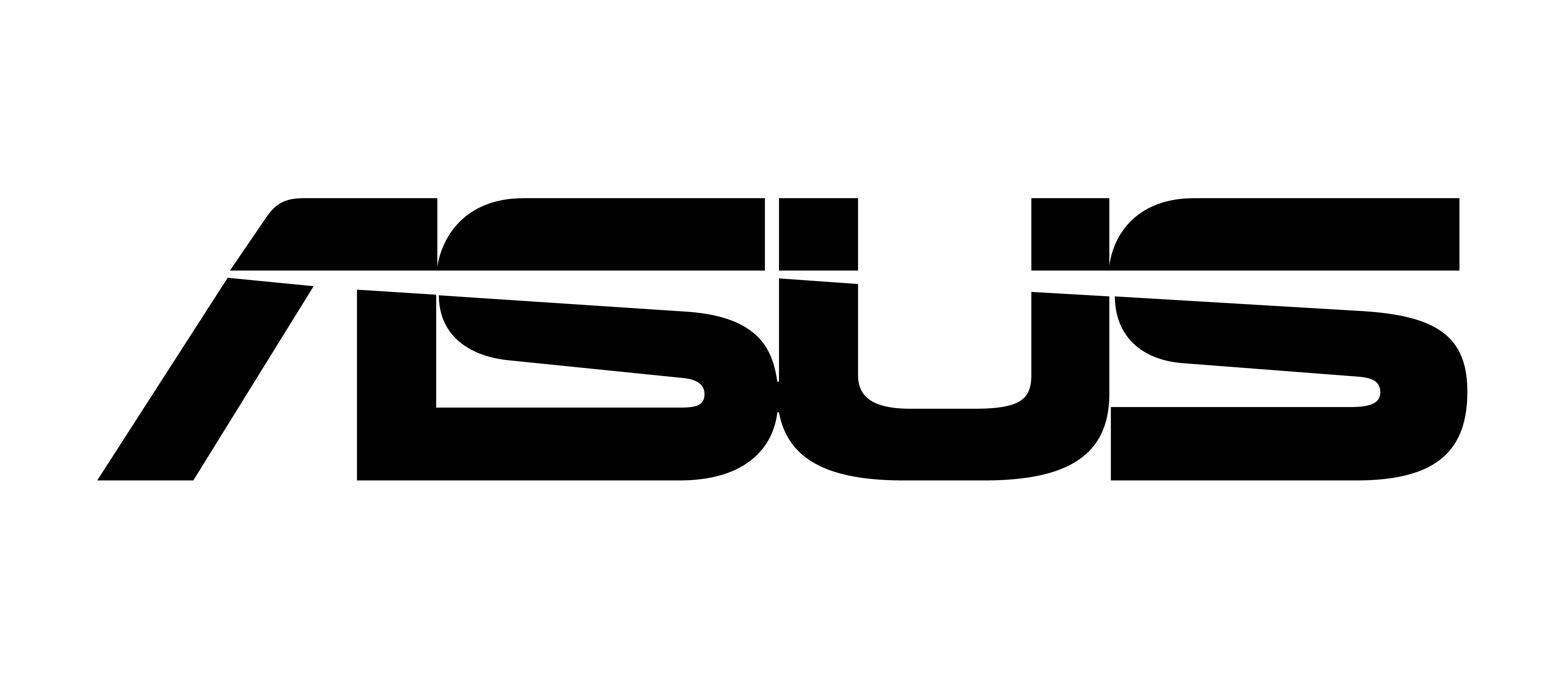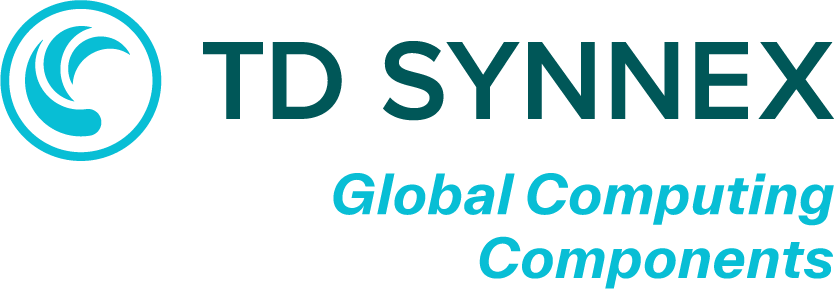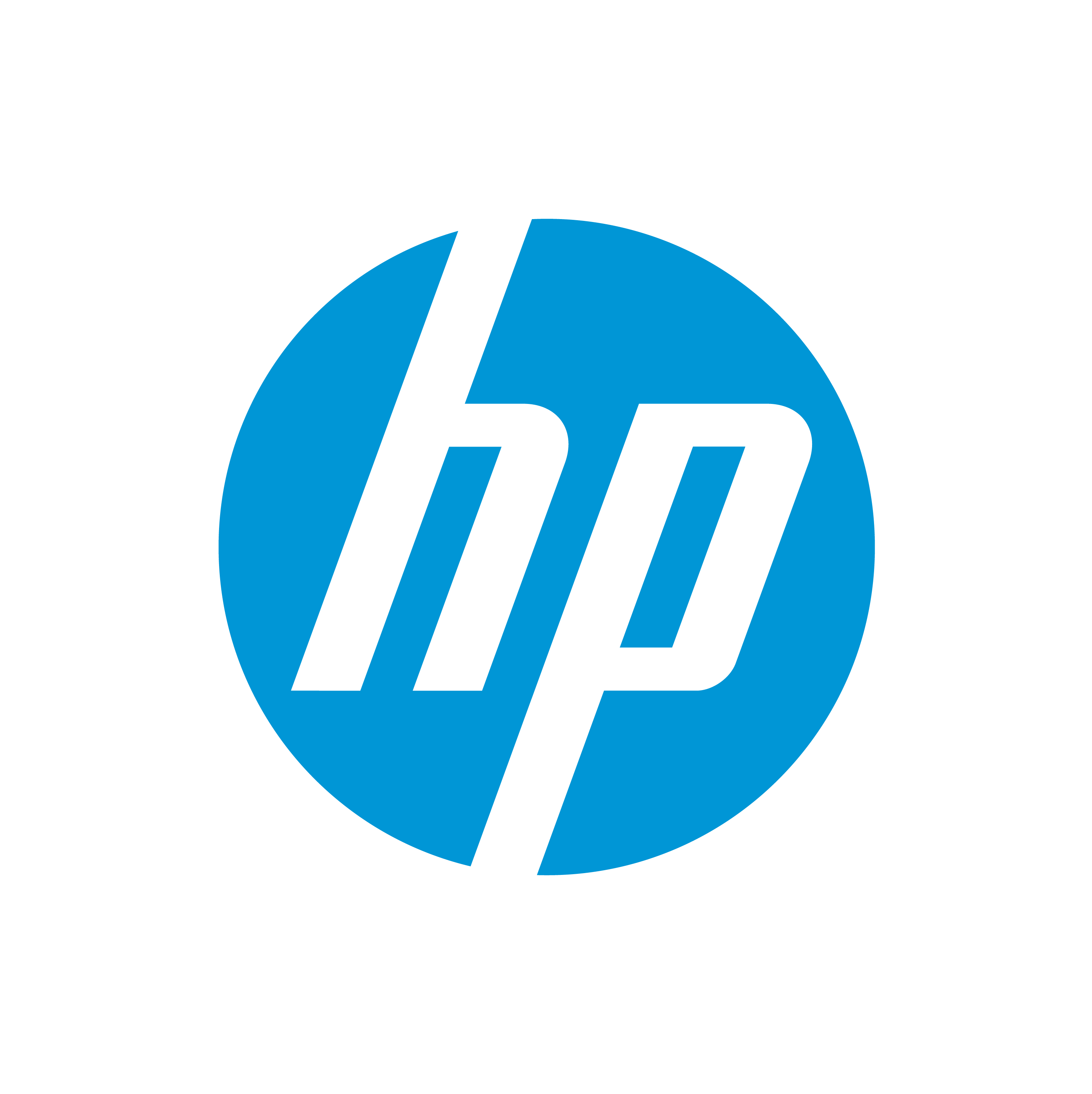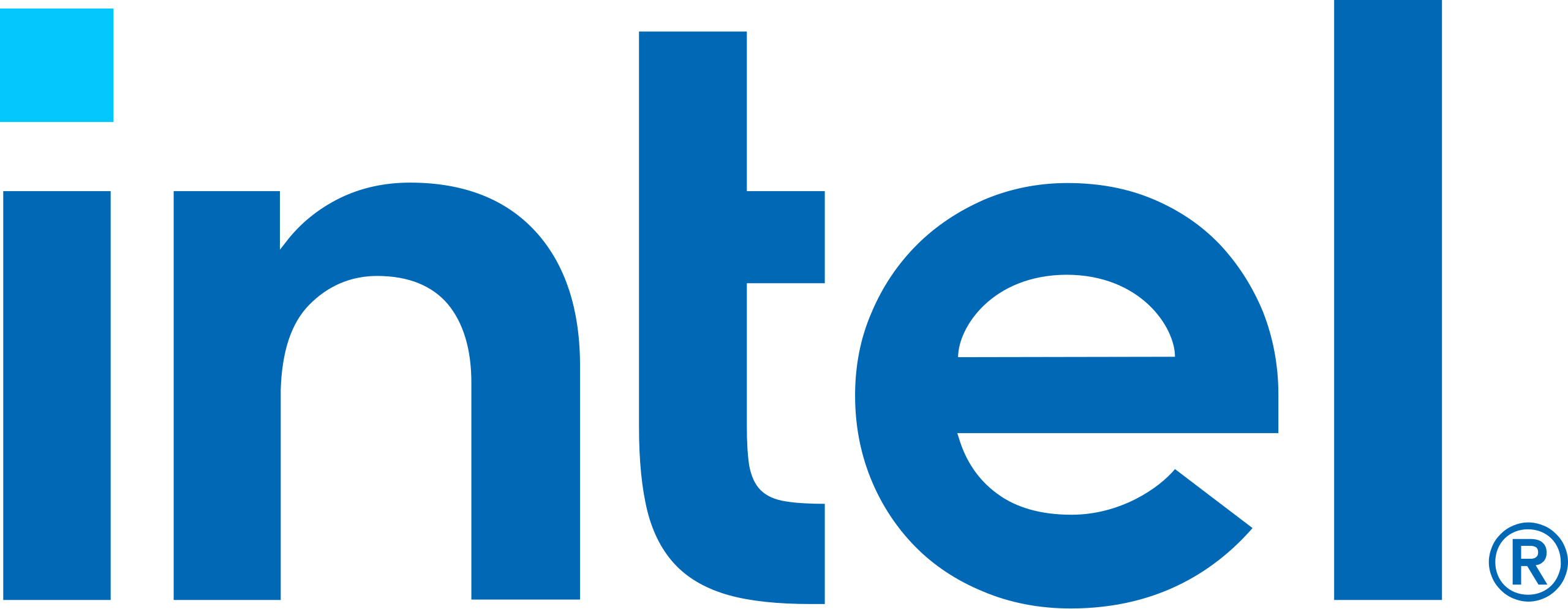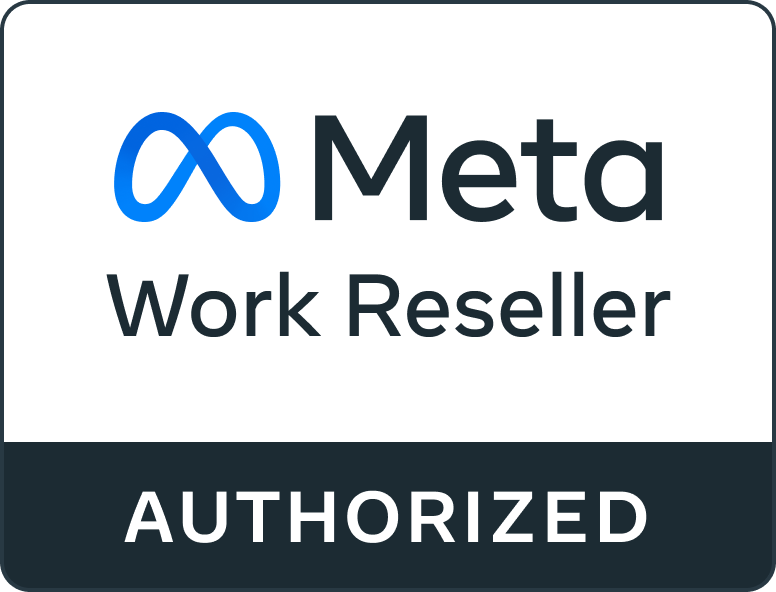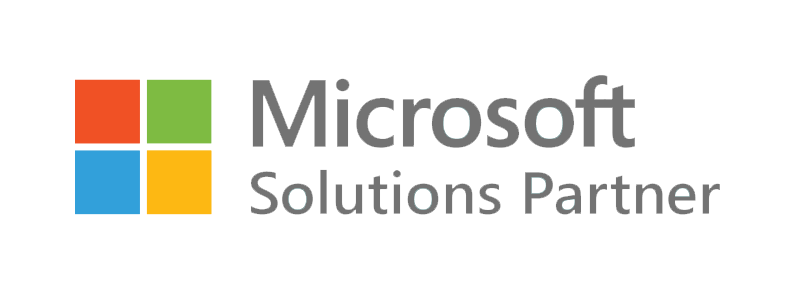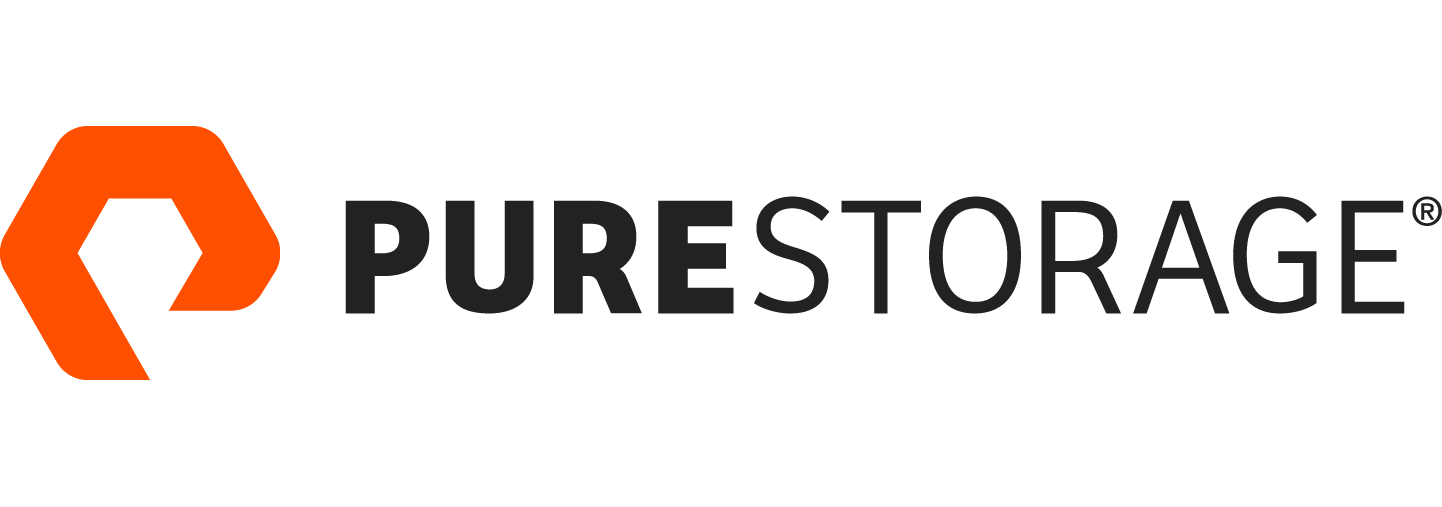1. Why does SDS matter to my customers?
SDS matters to your customers because it helps them to resolve some of their age-old pains related to using legacy storage and systems. The pains that your customers will most frequently raise include:
- Difficulties and insecurity in managing data islands
- Inability to grow as and when they need to due to vendor lock-in
- Not having the flexibility to innovate
- Not being able to make large infrastructure changes efficiently and cost-effectively.
The bottom line is SDS also helps customers forgo the poor economics that traditional storage arrays carry with them during their life cycle. 41% of the market is considering implementing SDS, so you are certain to find sufficient interest in your customer base.
By asking the right questions during the sales process and identifying your customer’s pains, you can position yourself as the trusted advisor who can deliver business benefits through SDS. Demonstrate to your customers that there’s nothing to fear by leading the conversation with a benefits first approach. Highlight what SDS can do for them and what they can achieve, including:
- Hardware independence, opening them up to more competitive pricing and a more open approach to infrastructure.
- Integrated views into their storage performance and management data so they can identify inefficiencies and resolve them.
- Ease of management, usually through a web browser with the latest user interface.
- Scalability, enabling them to meet peak or seasonal storage requirements as necessary.
- Cost savings because they are no longer tied-down to a single vendor.
- Increased utilisation because their storage solution is now more agile.
- Speed and flexibility because SDS is software-specific, not hardware bound.
2. What are your customer’s current storage costs?
Physical storage is expensive and an expense that keeps growing. Your customers will need to purchase more storage every time they seek to grow their business. With vendor lock-in coming into play, this cost can be crippling and detrimental to business – especially as physical storage can go to waste at a time when your customers need to scale down.
It’s important to probe about their current costs of acquisition and also to touch upon expenses associated with managing their storage and storage growth in general. Partners need to be direct. Ask if they want to keep managing their storage the same way while facing growth or do they want to break from the traditional model and move to SDS to save costs.
3. Does your customer need to go to the cloud?
Cloud computing is essential for your customer’s business growth. It can help them to grow more quickly, move their data more seamlessly and give them better scalability. Despite all these reasons to move across, some of your customers will be hesitant to adopt cloud computing due to data sovereignty, governance issues and the complications around infrastructure changes.
SDS allays these concerns by giving your customers the potential to create a hybrid cloud environment and run local workloads while having shared disk availability. Your customer’s data can be secured as they send backups or snapshots, leveraging the protection of the cloud without moving data away from their own data centre.
4. What are your customer’s security and compliance requirements?
- In the European Union (EU) the General Data Protection Regulation (GDPR) is going to be coming out in just under two years. Even the UK will fall under the GDPR for a short while, despite Brexit.If your customers aren’t protecting their data and aren’t compliant with current or changing regulations, they risk facing huge fines. It’s predicted that UK firms could face £122 billion in data breach fines in 2018, not to mention the reputational damage that goes along with it.SDS is part of the solution to your customer’s changing security requirements. If part of their GDPR compliance strategy is to have their data encrypted at rest, and their existing solution doesn’t do that, what do they do?
- Throw it away?
- Start again?
- Complete an upgrade cycle, bring it forward so that they can encrypt it?
- Do the encryption somewhere else and ruin your storage efficiency?
Instead of any of these options, you can put a software-defined layer on top that uses their storage investment, enabling customers to encrypt their existing storage without doing anything to the existing storage from a hardware perspective.
5. How does the SDS solution you are selling compete in the market?
The SDS market is growing increasingly competitive and the market size is estimated to grow from $4.72 billion in 2016 to $22.56 billion by 2021. However, there are a lot of targeted offerings without broad functional capability. These solutions also don’t address the full range of SDS requirements you will be speaking to clients about during the sales cycle.
These offerings are mostly very new and require multiple offerings to build a complete solution. Your customers also need to know these solutions lack enterprise experience and dependability. Lastly, these new SDS solutions also lack management tools to integrate with existing infrastructure/cross “data layer” and are designed for brand new deployments.
Conclusion
Make sure your SDS solution can hit the key business requirements for your customers. Scope out what they’re after, what they’re looking to achieve, and how SDS can be integrated into their business. Your customers may feel that they need to move to SDS as a matter of urgency, but as their trusted advisor, you need to deliver a seamless transition for their business at the right time.
Takeaways
Selling SDS in the market requires partners to ask the right questions. Before selling SDS, arm yourself with this crucial knowledge:
- Why it matters to your customers now and in the future.
- Customer’s current storage costs and any other budget motivations like a merger or acquisition that might lead the customer to want to conserve costs across their business.
- Security and compliance concerns especially if the customer is in the financial services or healthcare industries.
- SDS is a competitive landscape so you ensure you’re selling your customer the most innovative solution available.

